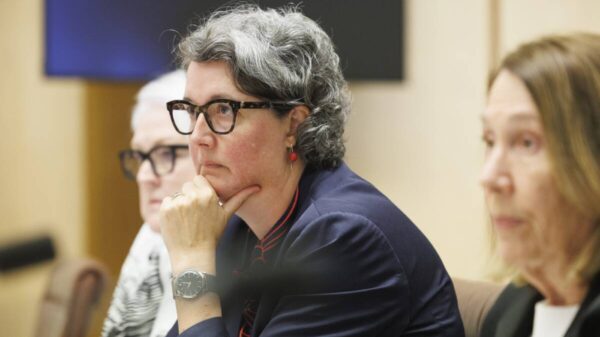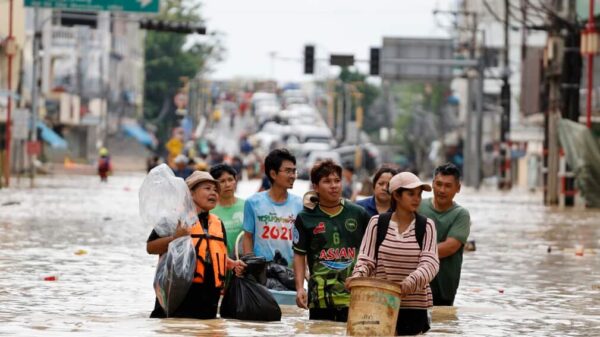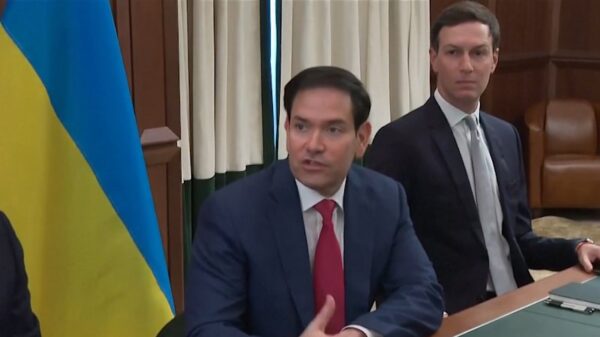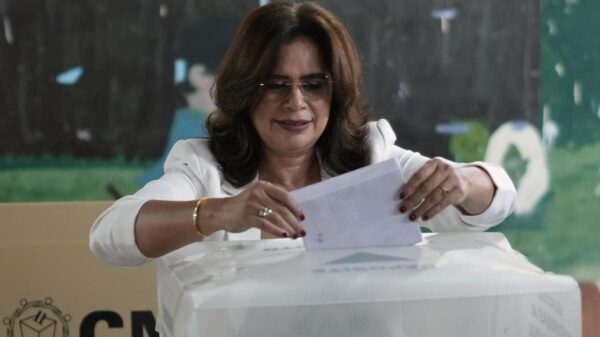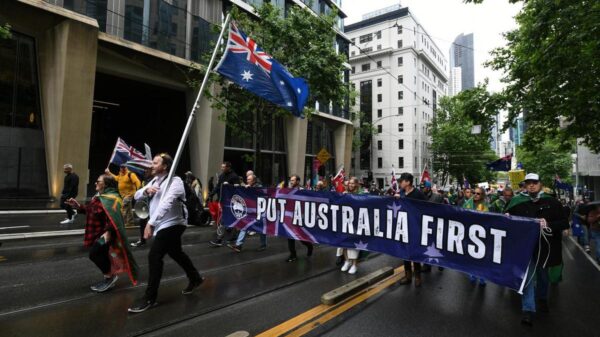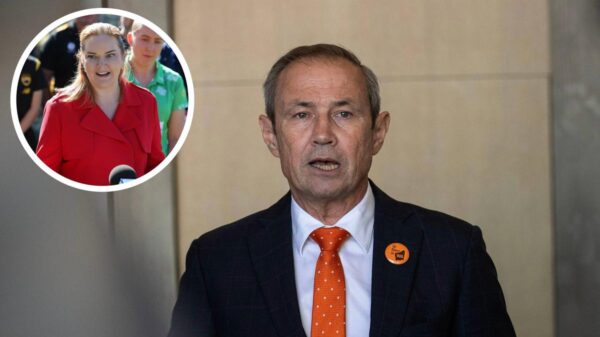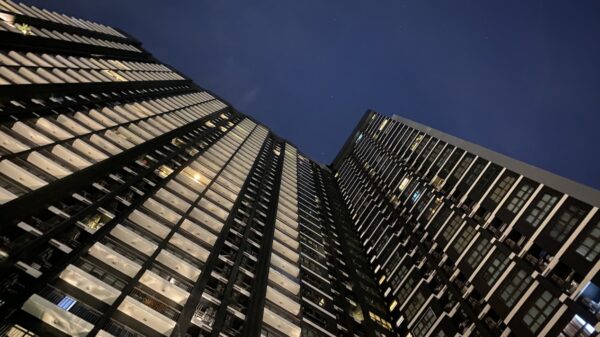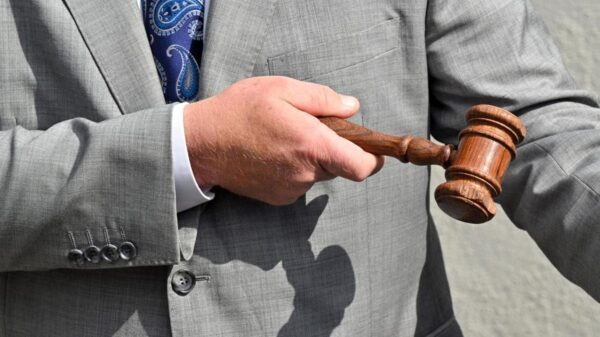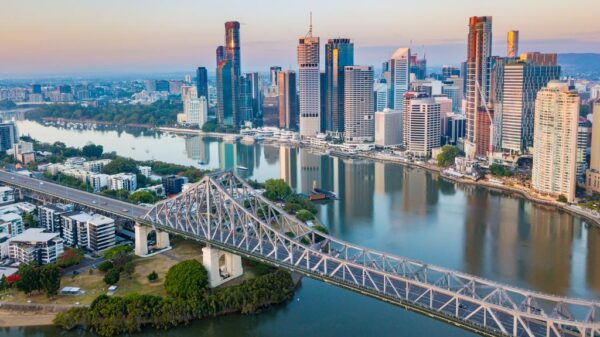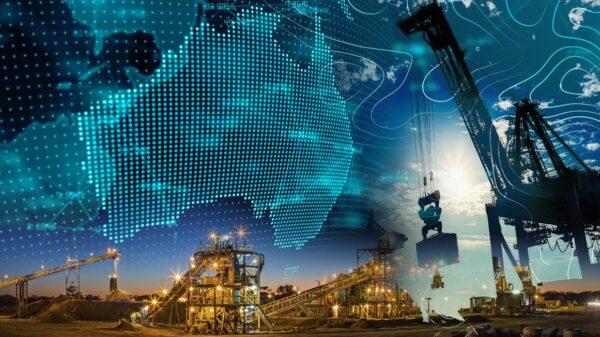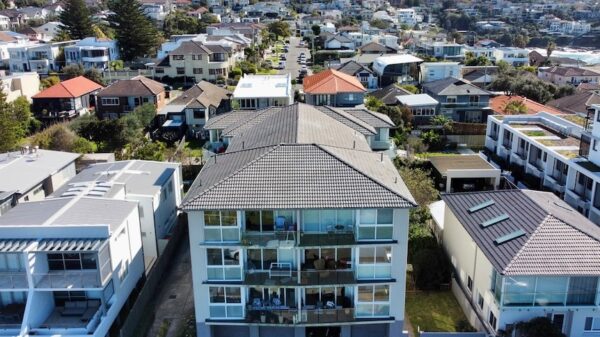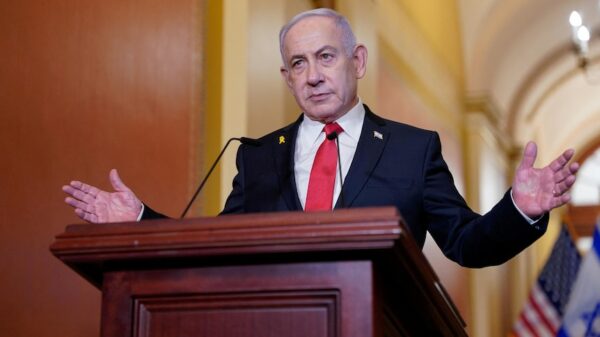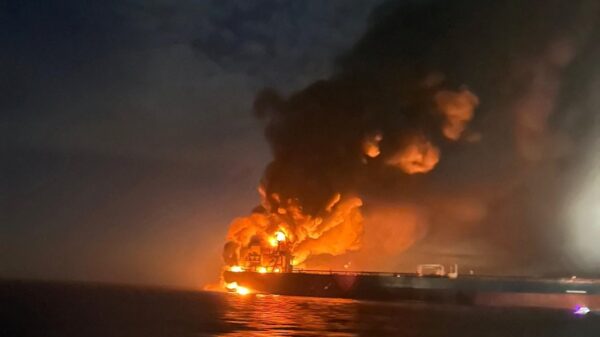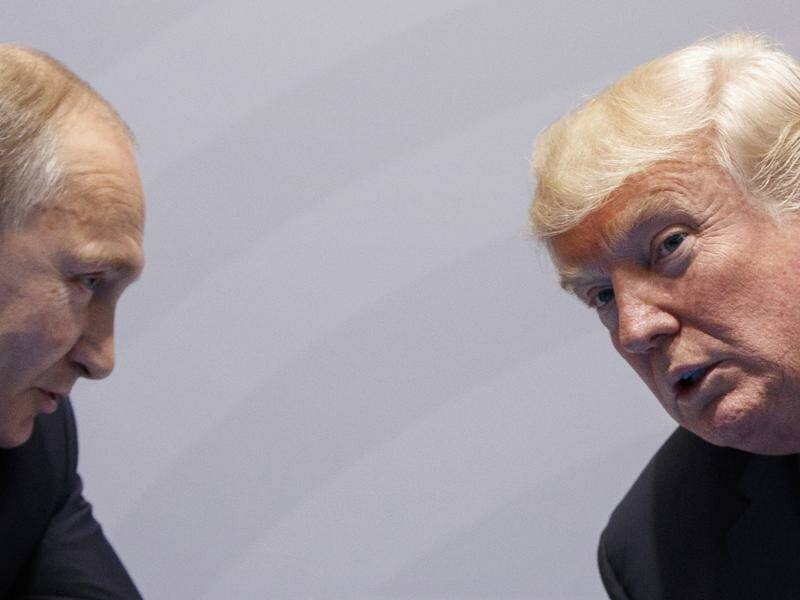U.S. President Donald Trump has indicated a willingness to support security guarantees for Ukraine, a development that could provide some optimism for the nation as it braces for a pivotal summit with Russia. This announcement comes just one day before scheduled talks between Trump and Russian President Vladimir Putin in Alaska, aimed at addressing the ongoing conflict.
During a virtual meeting on Wednesday with European leaders and Ukrainian President Volodymyr Zelenskiy, Trump expressed his support for potential security guarantees. Although he did not publicly discuss these commitments afterward, the leaders present reported a positive tone. Zelenskiy and his allies have expressed hope, intensifying their efforts to ensure that any agreement reached between Trump and Putin does not undermine Ukraine’s security.
The summit is particularly critical given the dire circumstances Ukraine faces in a conflict that has claimed tens of thousands of lives and displaced millions since Russia’s full-scale invasion began in February 2022. Following the meeting, French President Emmanuel Macron noted that Trump emphasized NATO should not be included in the security arrangements meant to protect Ukraine in a potential post-war settlement. Macron remarked, “President Trump also stated this clearly… that the United States and all willing allies should be part of them. That is what we are committed to.”
German Chancellor Friedrich Merz, who hosted the Wednesday meeting, echoed Macron’s sentiments, confirming that robust security guarantees would be part of the discussions. While the details remain uncertain, a spokesperson from the European Commission welcomed Trump’s offer, emphasizing that the specifics are now a matter for the White House to clarify.
Trump also issued a warning of “severe consequences” for Putin should he fail to agree to terms for peace in Ukraine. Although Trump did not specify what these consequences might entail, he has hinted at the possibility of imposing economic sanctions if the upcoming meeting does not yield positive results. Russia, however, is expected to maintain a firm stance against Ukraine and its allies, with Kremlin representatives indicating that their position has not changed since Putin’s assertions made in June 2024.
In preparation for the Alaska summit, Putin convened a meeting with top officials, as reported by the TASS state news agency. A Kremlin aide stated that the leaders would discuss the “huge untapped potential” of U.S.-Russia economic relations, in addition to the prospects for concluding the war. This meeting marks the first high-level encounter between the two nations since Putin’s previous meeting with Joe Biden in 2021.
Zelenskiy confirmed this week that Russian forces had advanced approximately 10 kilometers near the town of Dobropillia in the Donetsk region, prompting Ukraine to deploy reserve troops in an attempt to stabilize the situation. Trump has characterized his forthcoming discussions with Putin as “setting the table” for a quick follow-up that would include Zelenskiy.
The possibility of a land swap has been floated as part of a potential agreement. Currently, Russia controls about one-fifth of Ukraine, and any such arrangement could solidify Moscow’s territorial gains. Both Zelenskiy and European leaders are concerned that a land swap would reward Putin for nearly eleven years of aggressive actions aimed at seizing Ukrainian territory, potentially emboldening him to extend his ambitions further into Europe.
Trump’s decision to participate in the summit represents a notable shift in his approach, particularly after expressing frustration with Putin’s resistance to U.S. peace initiatives. As a precondition for a ceasefire and dialogue, Putin has demanded that Ukraine withdraw its forces from four regions that Russia claims, albeit does not fully control, and formally renounce plans to join NATO. Kyiv has firmly rejected these terms, interpreting them as tantamount to surrender.
As the world watches closely, the outcomes of the upcoming summit could have significant implications for the future of Ukraine and the broader geopolitical landscape in Europe.

